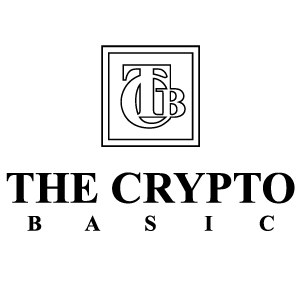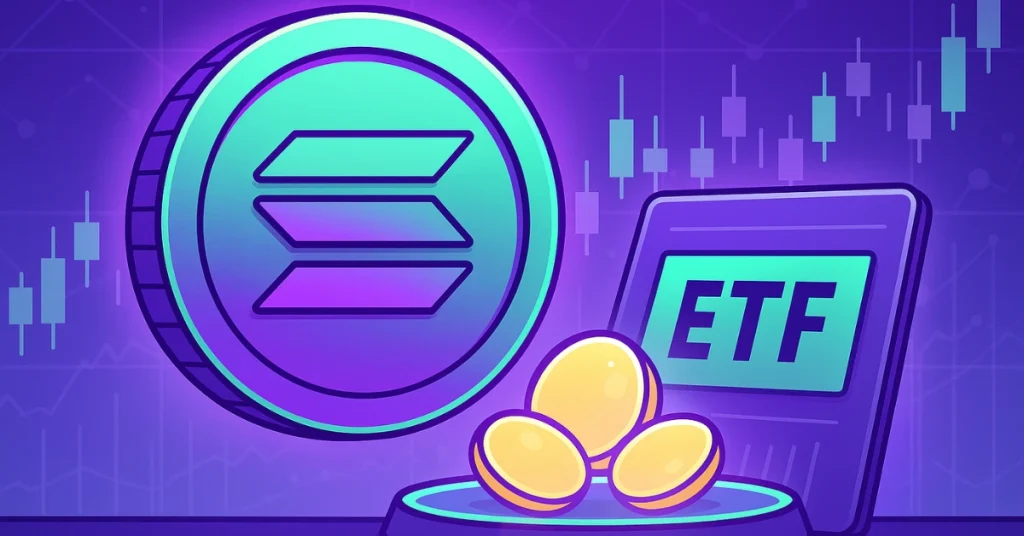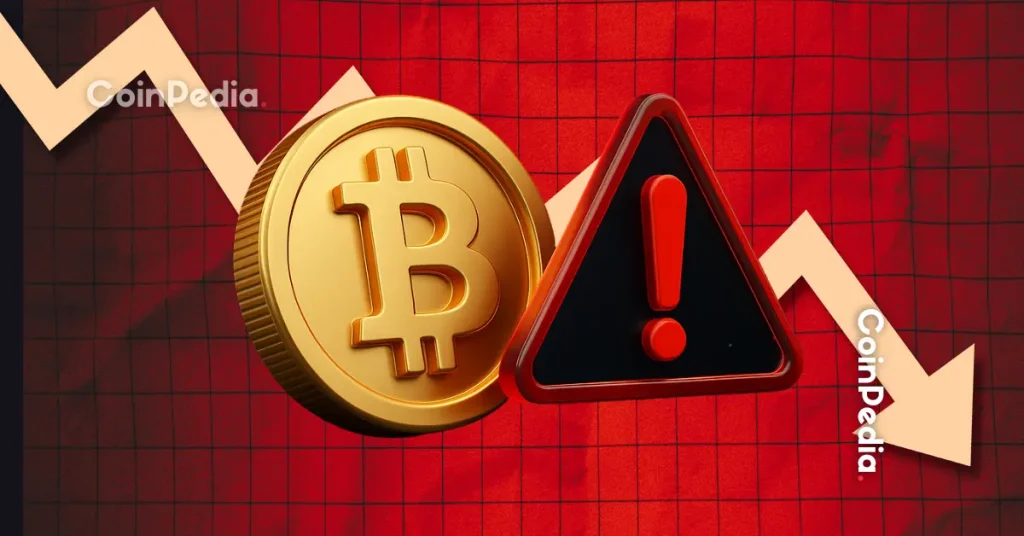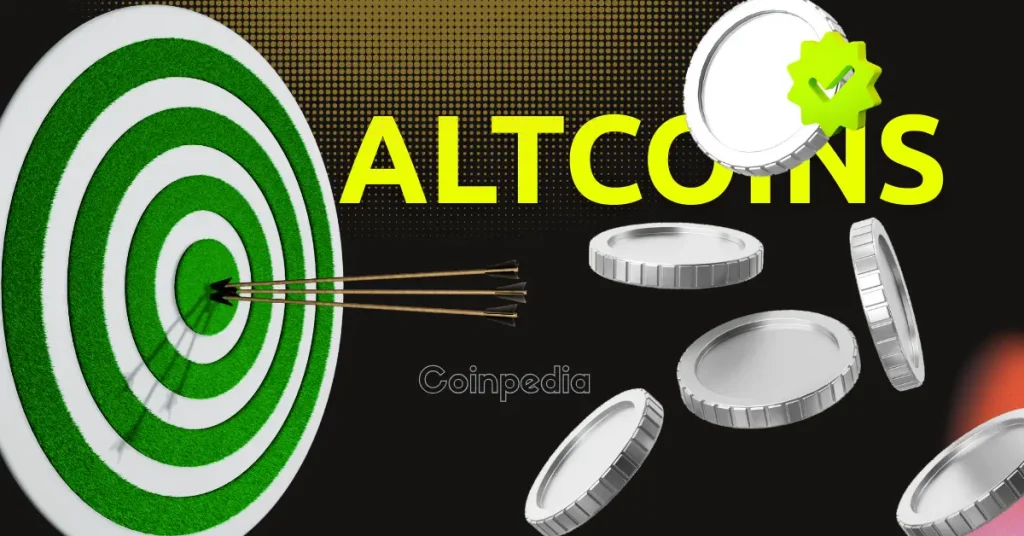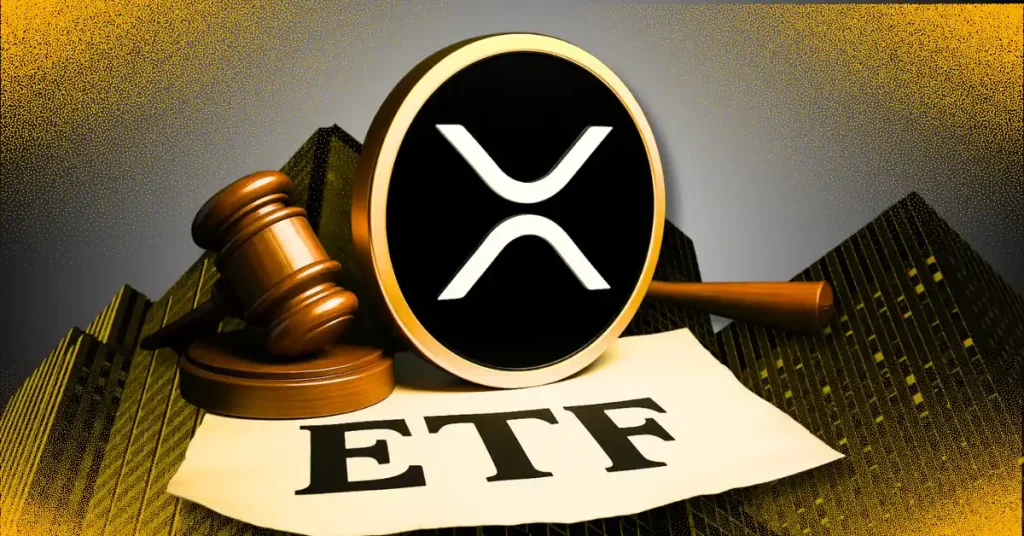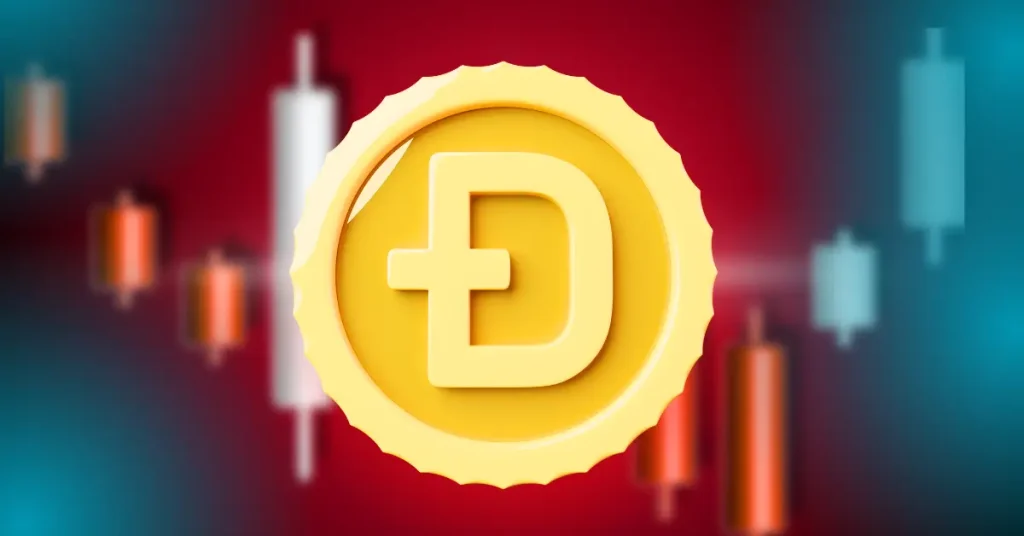To the dismay of many in the XRP community, the U.S. government has adopted Chainlink for its proposed blockchain integration. The decision has left many questioning why the XRP Ledger was overlooked in such a pivotal collaboration at the highest level.Meanwhile, a recent analysis by community member RippleXity has shed light on why the U.S. Department of Commerce may have turned to Chainlink rather than the XRP Ledger to bring macroeconomic data such as GDP and inflation on-chain.Different Missions in BlockchainThe explanation highlights that the two networks are not in direct competition. Instead, they serve very different purposes within the blockchain ecosystem.The XRP Ledger, created in 2012, functions as a Layer 1 blockchain focused on value transfer, liquidity, and settlement. On the other hand, Chainlink is not a blockchain but an oracle network that specializes in connecting real-world data with decentralized applications.While the XRP Ledger facilitates efficient money movement across borders, Chainlink provides trusted data for smart contracts.The U.S. government’s choice to work with Chainlink is due to its need for a reliable system to broadcast macroeconomic data across multiple blockchains. Chainlink’s chain-agnostic design makes it well-suited to this role.The collaboration is not about moving value or enabling payments but about ensuring that information, such as GDP and inflation figures, can be securely and universally accessed by blockchain applications.RippleXity stressed that this use case simply falls outside the scope of the XRP Ledger . The ledger excels at instant settlement, tokenization, and low-cost cross-border payments. However, it is not designed to serve as a data oracle.XRP Ledger and Chainlink Play Complementary RolesFar from being a setback for Ripple or the XRP Ledger, RippleXity argues that the partnership between the U.S. government and Chainlink actually reinforces Ripple’s vision.Chainlink handles the data layer, while the XRP Ledger provides the liquidity layer. Together, they represent essential components of the financial infrastructure needed for mass blockchain adoption.Ripple’s RLUSD stablecoin already integrates Chainlink’s data standards following a partnership between Ripple and Chainlink in January. This shows that the two projects are not rivals but rather parts of the same growing ecosystem.The move highlights how the broader financial stack is coming together, with different technologies filling specific but complementary roles.https://twitter.com/RippleXity/status/1961116568798335353Interoperability is Essential for Mass Adoption: Ripple CTOAs Ripple CTO David Schwartz has often emphasized, interoperability will be crucial for the future of blockchain adoption. By delivering data, Chainlink plays a role that supports the systems Ripple is building for payments and liquidity.According to RippleXity, the U.S. government’s decision is not a rejection of the XRP Ledger. Instead, it is a sign that the blockchain space is maturing into a layered infrastructure, where different players solve different problems while working toward the same goal of a more connected global financial system.
